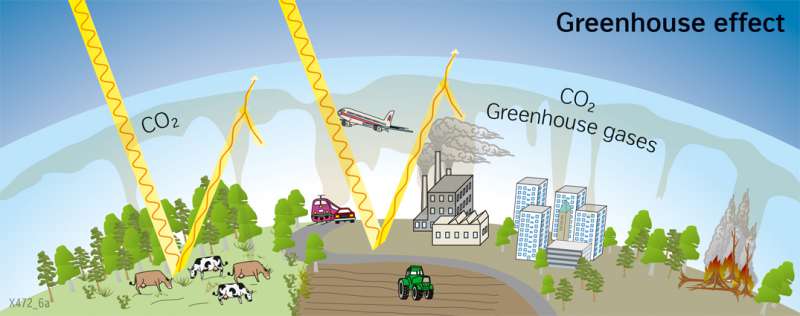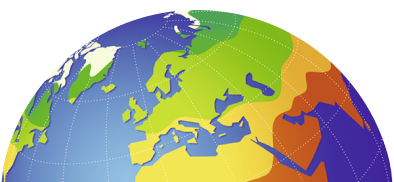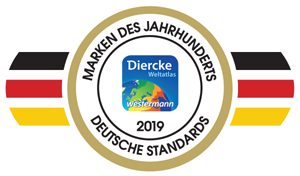Greenhouse effect
Atmosphere and climate change
978-3-14-100890-6 | Page 21 | Ill. 5

Overview
This scheme shows the greenhouse effect which occurs with high levels of greenhouse gases in the atmosphere. Short-wave heat radiation from the Sun can pass through the atmosphere unhindered, but when it is reflected back, the long-wave heat radiation is captured by the greenhouse gases and causes the temperature of the atmosphere to rise slowly.
Greenhouse gases and global warming
The increased emission of greenhouse gases since the beginning of industrialisation is the main cause of global warming. The most important greenhouse gas is carbon dioxide (CO2), which is produced by burning the fossil fuels coal, oil and natural gas. Around 1860, about 340 million tonnes of CO2 were released annually; today the figure is more than a hundred times higher. In the Kyoto Protocol, the first major climate protection agreement, more than 170 countries committed themselves to drastically reducing their CO2 emissions. Nevertheless, according to the Intergovernmental Panel on Climate Change (IPCC), they have continued to rise and will reach new record levels this decade.
The most important causes of rising greenhouse gas emissions are population and economic growth. The energy sector (35%) is primarily responsible, followed by agriculture and forestry (24%), industry (21%), transport (14%) and buildings (6%).
With a moderate increase in climate-impacting greenhouse gases, there will be a rise in temperature in the polar regions of the northern hemisphere. By the year 2100, an increase of over 7°C is predicted there in some cases, not least because of the shorter average duration of snow cover and melting ice. The snow- and ice-free ground surfaces will warm up even more due to their lower albedo, their reduced reflectivity (positive feedback). In the Antarctic, a smaller temperature increase than in the Arctic is expected. Here, the isolated location and the thick inland ice masses contribute to a significantly lower temperature increase. Another positive feedback process occurs in areas where permafrost is currently widespread. There, as temperatures rise and the ground thaws, large quantities of methane, a gas that affects the climate, are released. Once released into the atmosphere, it intensifies the greenhouse effect there.




